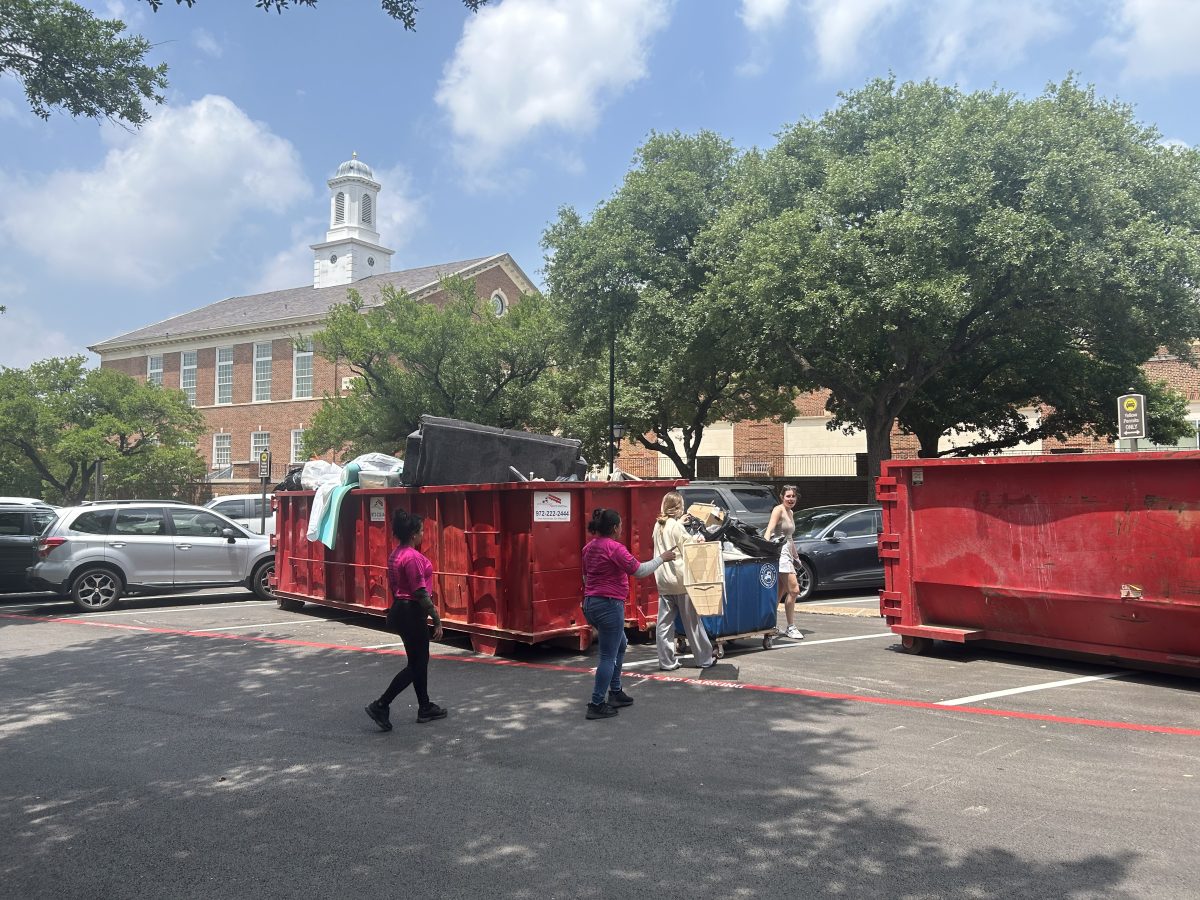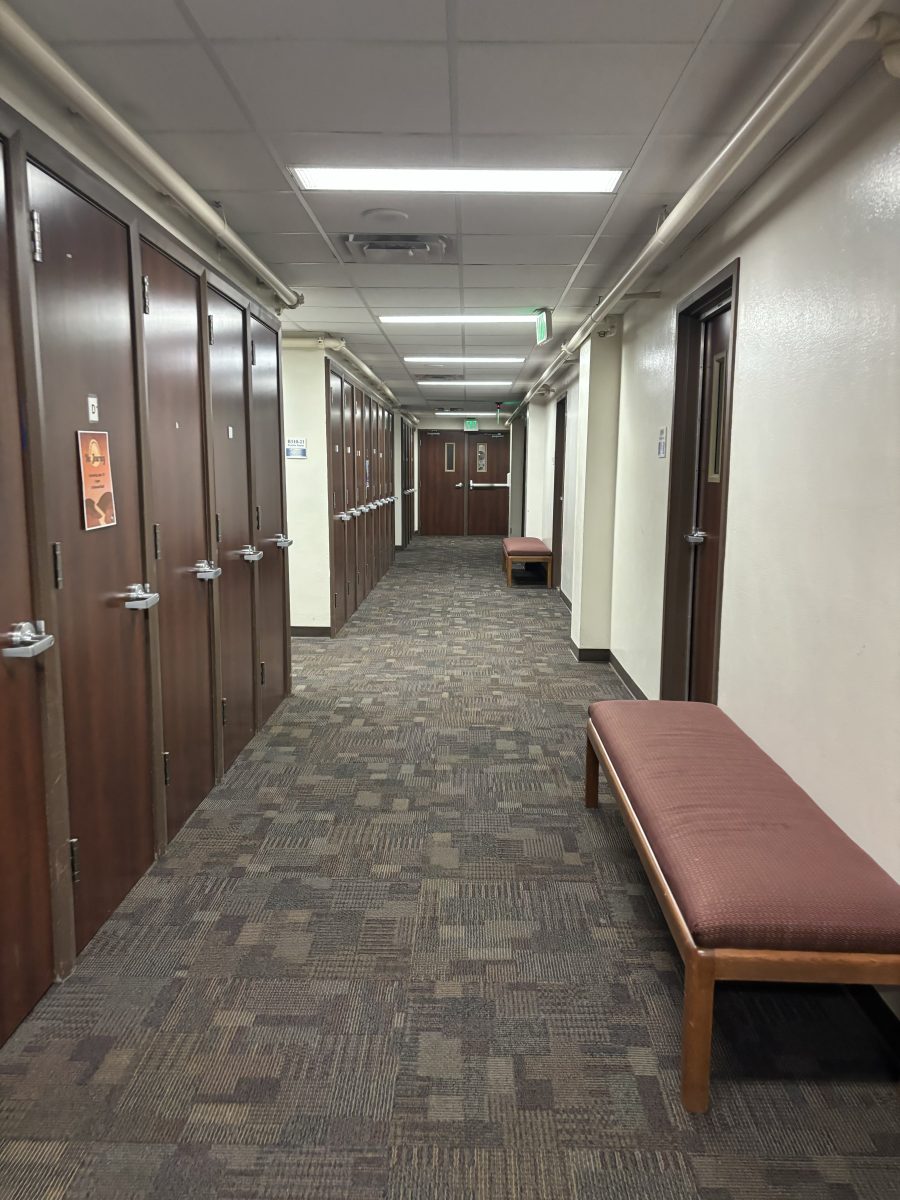
The North Texas Food Bank delivers food and other supplies to underprivileged DFW residents throughout the year. (AP)
For 46-year-old Mike Embree, things like orange juice are a novelty item.
After falling on hard times, Embree, a social worker by trade, stayed at a family homeless shelter in McKinney, Texas where the concept of healthy eating wasn’t an option.
For much of America, the food culture has taken a turn these past few years. With the number of people who are obese on the rise, the country has been forced to take a closer look at what it is eating. Ice cream has often turned into frozen yogurt, the first lady propagates a healthy lifestyle to kids and more and more people are going ‘organic.’
But a group of Americans who lack the opportunity to choose what to eat are the homeless. Nutritional foods are hard to come by in shelters where donations of food with a longer shelf life are the norm. Whether this is an issue or not is up for debate, but the consequences of this problem have Embree baffled.
“When you think of homeless people you don’t think of them as being overweight, but a lot of them are because of the stuff we get,” Embree said.
Despite the teetering economy, the number of homeless Americans dropped by 1 percent or 7,000 people between 2009 and 2011, according to a report by the National Alliance to End Homelessness. Despite this, about 2.3 to 3.5 million Americans are homeless, and on any given day 79,000 of them are Texans.
Amy Trail, who works at Austin Street Homeless Shelter in Dallas, said that the lack of nutritional foods is a point of major concern for her.
“Since we are a nonprofit organization, we rely on donations and people want to donate food that is longer lasting – cookies, brownies and cupcakes. Things that are high in sugar, in carbs and starches,” she said. “We have a lot of clients who have diabetes, but you’re going to eat what’s in front of you even if it isn’t the healthiest thing.”
There are many things that contribute to this situation. A dependence on donations means a dependence on receiving what others don’t need. At Austin Street Center, the problem not only lies in people donating cupcakes instead of apples, but in its lack of a fully functional kitchen.
“We haven’t been able to bring in a grease trap that’s needed. It’s too expensive for us to get right now. So we can’t really cook anything, just heat the food up,” she said.
Embree said there is a similar situation in his facility. “It’s a full sized kitchen, but I don’t see or smell any cooking going on,” he said. “But when you have that many people to feed and so few staff – it’s only one lady basically – it’s going to be hard.”
While quality of the food provided at these shelters may not be the best, some disagree with Trail and believe that it is non-issue.
Lezli Perkins, an office worker at the Dallas Life Center, said that when responsible for giving a community of people food, they are generally grateful for whatever they can get regardless of quality.
“If it’s two cupcakes, they’re going to be grateful for it versus being under a bridge not having anything to eat,” she said.
And for many living in the shelters, this is mostly the case.
“When you’re talking about homelessness, you’re talking about a pretty depressing situation. A lot of people are just sitting just staring off into space and not sure what to do,” explains Embree. “I’m not sure that’s the priority. You’re just happy to have food and not have to pay for it. You’re not going to complain about it.”
For Perkins, putting the focus on the food at homeless shelters is a bit ridiculous.
“Nutrition is not just a crisis for homeless shelters,” she said. “It’s a crisis for Americans. Go down to your neighbors and have them do a seven-day food journal and you’ll find out they don’t eat very nutritionally and they have choices. But there are people out there who don’t have those resources and have to rely on whatever comes in.”
But Trail says that’s exactly the point. Yes, they are grateful for all the donations they receive and yes, she recognizes that the people in shelters have much more pressing things to worry about, she says. But for her, that means the responsibility now falls in her hands.
“It’s our job to make sure they’re taken care of,” she said. “That means worrying about the things they don’t, so we do the best we can to provide healthy food choices.”
But how does someone do this?
This is a question that has been asked on a national level. In March, New York Mayor Michael Bloomberg attempted a solution to the problem in New York by banning certain foods from being donated to homeless shelters. This was largely unsuccessful and was met with public outcry.
But Trail, as well as the North Texas Food Bank, has another solution – instead of trying to tell donators what they can and can’t bring, she would try to teach her clients how to cook healthy foods on their own.
Austin Street Center is starting a vocational cooking program called Street Work, which lasts six months and gives clients transferable skills and vocational certificates that will help them get a job and teach them the importance of healthy eating.
“We just started, and we’re limited because of what’s wrong with the kitchen,” Trail said.
“But they’re excited that there is something here that will help them learn and get them a job. People always seem to have this idea that homeless people are lazy and they aren’t willing to work, but that’s simply not the case. They are ready to work but sometimes they don’t have the opportunity.”
It’s too early to tell how much an effect this program will have. For now, people like Embree will have to continue doing the best with what they have.
“I know there’s a lot lower most of us can go. I’ve slept on the street even and that’s not fun. So this is kind of a step up from that but it’s not home,” Embree said. “We all have issues and we all want homes.”









